Building of the Day: 408-416 Fulton Street
The first Brooklyn Woolworth store opened on Fulton Street, in 1895, at 532 Fulton Street, near the intersection of Flatbush Avenue.

Photo via GoogleMaps
Brooklyn, one building at a time.
Name: Former F. W. Woolworth store, now divided into smaller retail stores
Address: 408-416 Fulton Street
Cross Streets: Corner Gallatin Place
Neighborhood: Downtown Brooklyn
Year Built: 1937
Architectural Style: Late Art Deco
Architect: A.F. Winter
Other Work by Architect: Buildings in Minnesota
Landmarked: No, but part of a proposed Fulton St. Historic District that has little chance of happening.
The story: Frank W. Woolworth was an upstate New York man, born in Jefferson County in 1852. After apprenticing in a dry goods store, he opened his own store, the first “Woolworth” in Utica, NY, in 1879. It failed after only a few months. Undeterred, he gathered family members and close associates as partners, and went on to open another store in Lancaster, PA, that same year. This one was successful, and he would go on to establish an empire.
In 1886, the Woolworth family moved to Brooklyn so that Frank could be closer to his suppliers, eventually settling down to a brownstone he bought at 209 Jefferson Avenue in Bedford. The first Brooklyn Woolworth store opened on Fulton Street, in 1895, at 532 Fulton Street, near the intersection of Flatbush Avenue. That building was a Building of the Day last year. He also opened a Woolworth on Fulton Street in Bedford, but I’m not sure of the date on that one, it bears more research. There is debate that that one was first, but according to the Brooklyn Eagle at the time, this Downtown one precedes any of the other Brooklyn Woolworth stores.
Anyway, the Woolworth name would soon become famous all across the country, and then the world. Frank W. Woolworth would move from his modest home on Jefferson Avenue to a French chateau on the Upper East Side. By 1904, there were over 120 Woolworth “5 and dime” stores in 21 states, as far west as Colorado. In 1905, he incorporated as “F.W. Woolworth & Co.” and in 1909; he founded F.W. Woolworth & Co. Ltd. to serve England and Ireland.
Growing still larger, in 1911, he invited four competitors, which included his brother and a cousin, all running similar store chains, to consolidate, and the merger, in 1911, gave the Woolworth stores 539 outlets across the country. Needing a larger headquarters, and having more than enough money to build a big ego building, Woolworth commissioned Cass Gilbert to design the Woolworth Building in Lower Manhattan, which was finished in 1913. (One of my favorite buildings in all of NYC.)
F.W. died in 1919. He’s buried in Woodlawn Cemetery, in the Bronx. At the time of his death, his company had over 1000 stores across the world, and was still growing. Although Woolworth’s took a big hit during the Great Depression, they survived; as their stores were among the few places cash strapped shoppers could afford to shop. By the mid-1930s, Woolworth’s had moved up the street to 366 Fulton Street, the four story brownstone building that most memorably held the Wiz electronics store in the 1980s. This space was not large enough for an expanding store, so in 1936, plans were drawn up for a new store.
Headquarters hired Minnesota-based architect A. F. Winter to design an Art Deco style store, one that would be ten times the size of their last store. I was not able to find out much about Winter, except that he worked in the Minneapolis area. Perhaps he was one of Woolworth’s staff of store designers. This is the only New York City building I was able to find. He designed a large, open three story space with an escalator to the second floor. The store had one of Woolworth’s famous lunch counters, and had a bakery for goods for sale, as well as use in the restaurant.
The building was made of limestone, with polished black Spanish granite, and aluminum windows surrounded by steel trimming. The floors were marble and the counters were a new modern style of sales counter, made of walnut. Spotlights were arranged to highlight goods from above. The building was air conditioned a new marvel for stores at the time, and opened with great fanfare on June 18th 1937. The new store would hire 270 “girls,” and 37 men, many more than the 118 people who worked at the former store.
However, retail changes as society changes, and the company expanded and changed over the years. With competition from Wal-Mart, K-Mart and others, Woolworth’s could not survive. To make a long story short, Woolworth closed most of its stores in 1993, while part of it became the Footlocker chain of sporting goods shops. This building would become a Footlocker, and then be subdivided into bargain stores, and finally, now a Zale’s Jewelry Store and another sporting goods store.
I remember Woolworth’s fondly, from my early days in Brooklyn. I ate at the lunch counter, and bought cosmetics, home goods and other things there for years. I remember the smell of roasting cashews and other nuts, as well as their display of candy behind a sales counter. The sales staff was populated by older Brooklyn salesladies; the iconic types who probably knew FW himself, and called you “dear”. It was great. I was sorry to see Woolworth’s go. GMAP
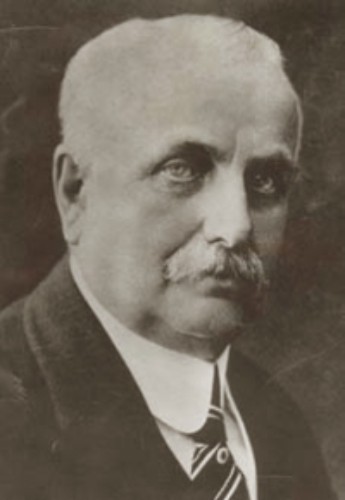
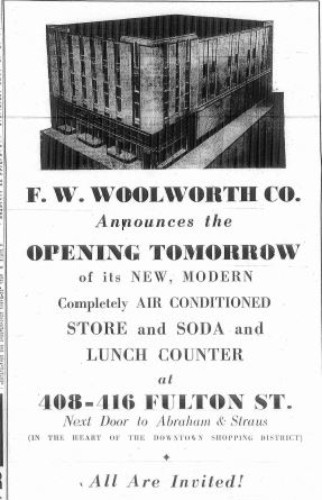
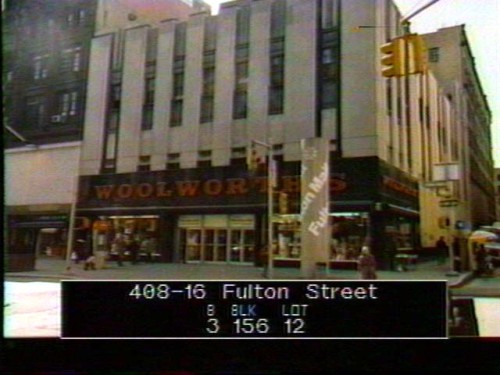

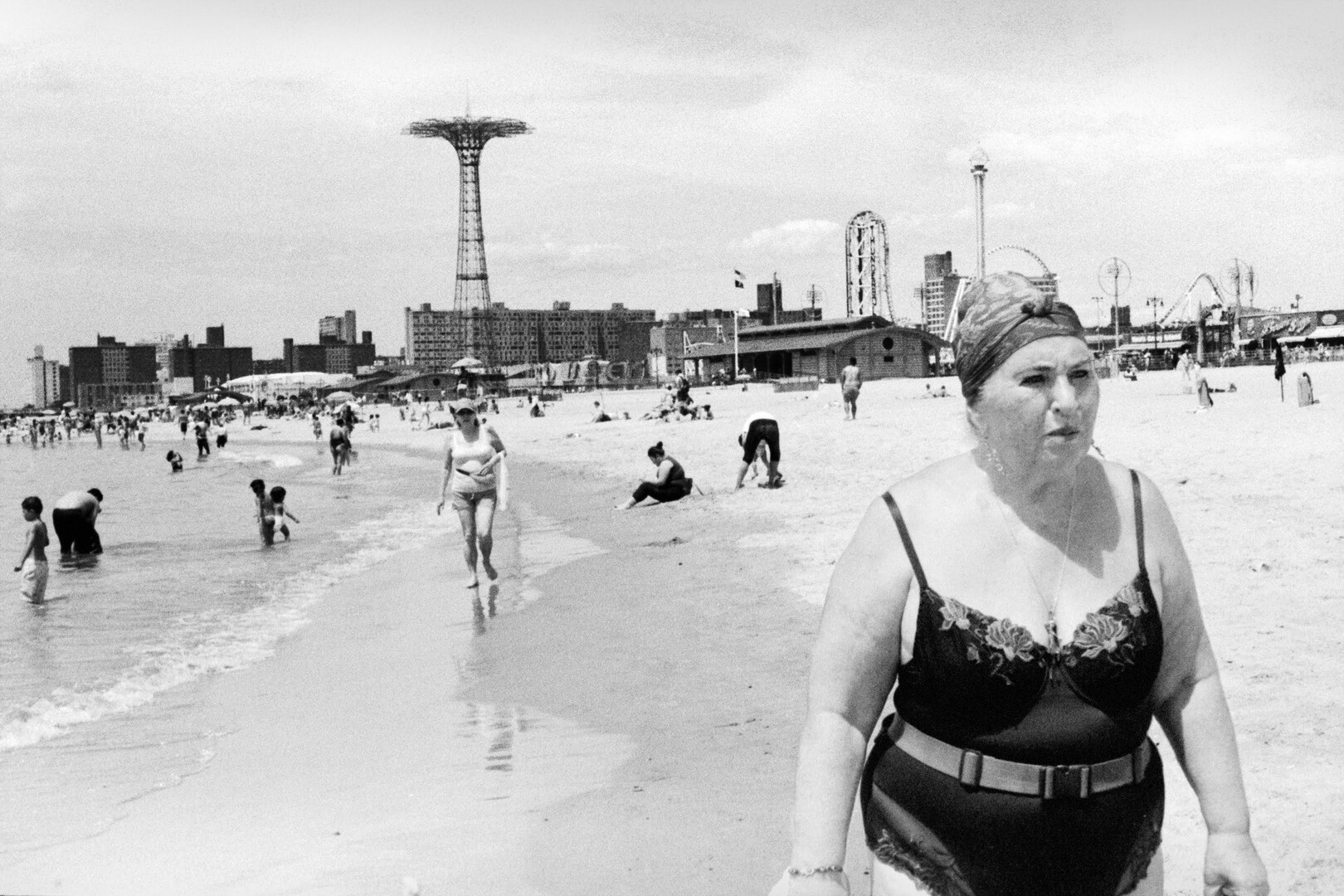
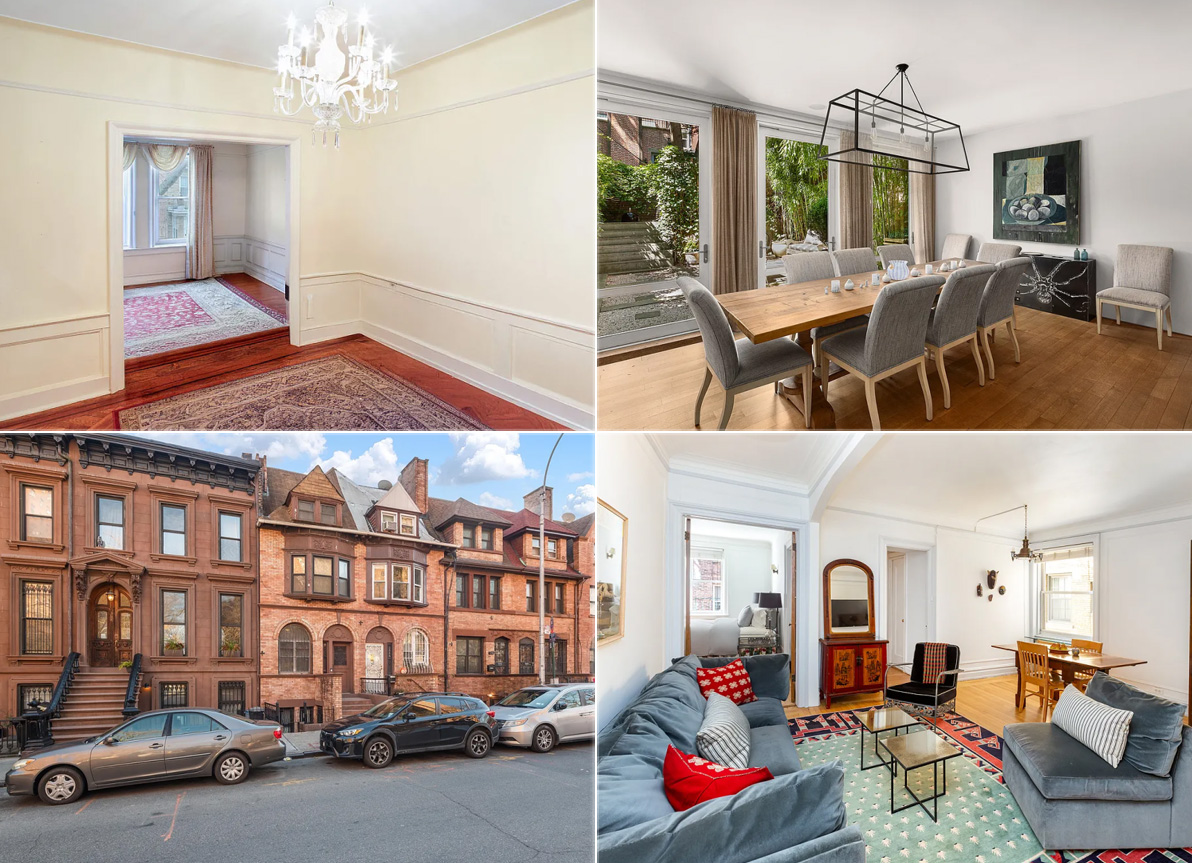
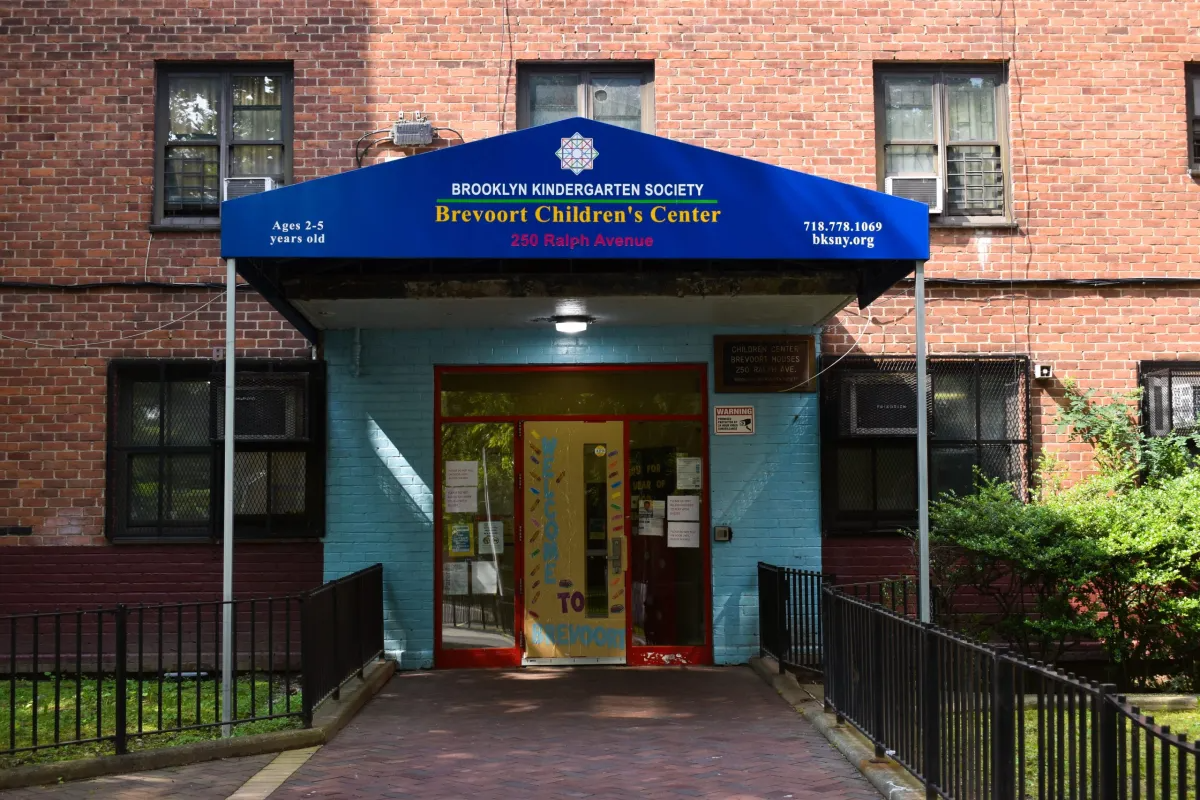
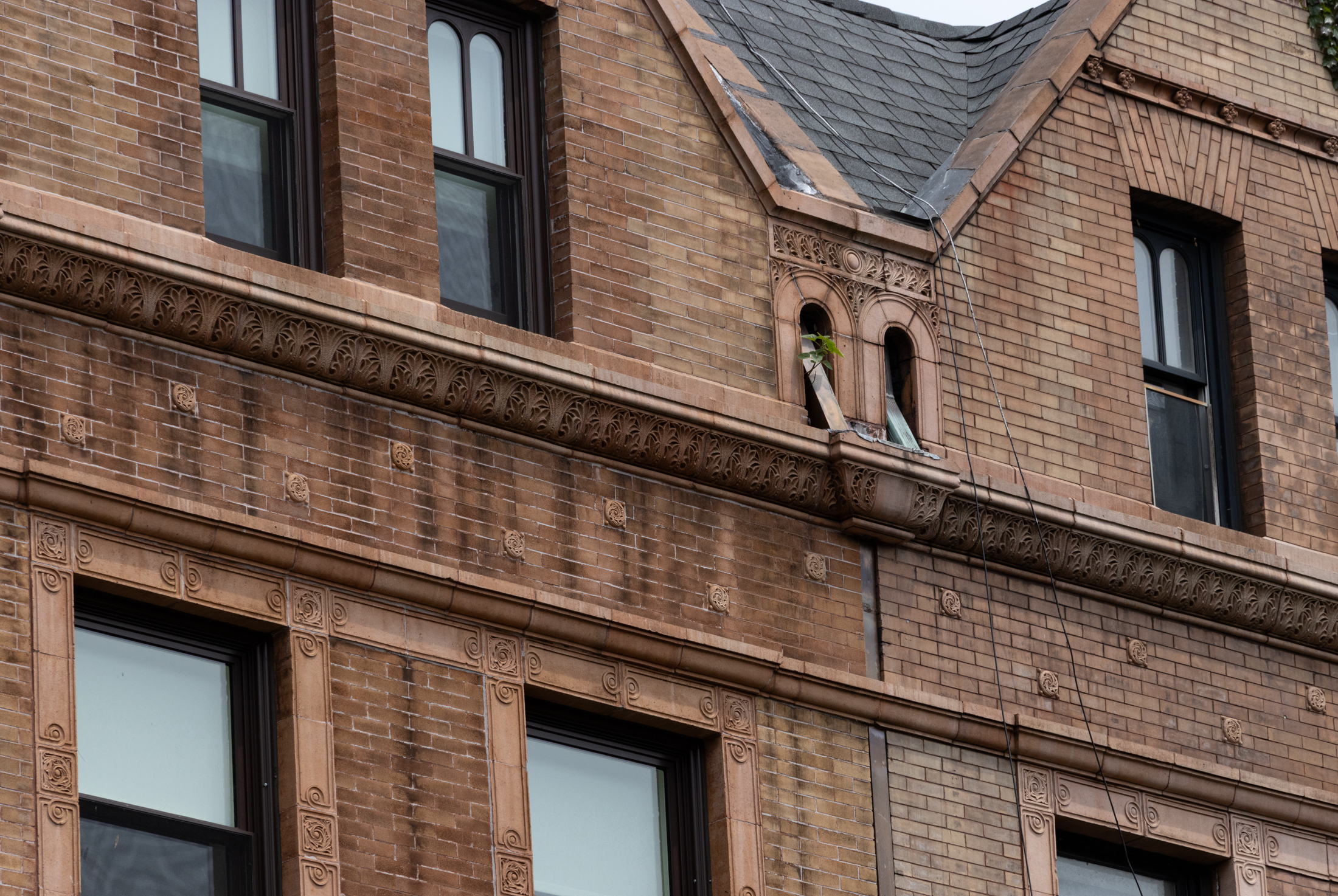
A friend told me about this blog, It so happens that i have an original Woolworth cafeteria table on sale on my craigslist page. I am moving VERY SOON and cant take it with me. The link is: http://newyork.craigslist.org/brk/fuo/4760445909.html
Copy and paste. I don’t want to see something so historic sit in the dump. Its worth SO much more than listed. Get it and quite possibly sell it for more. But please hurry and spread the word, thanks!